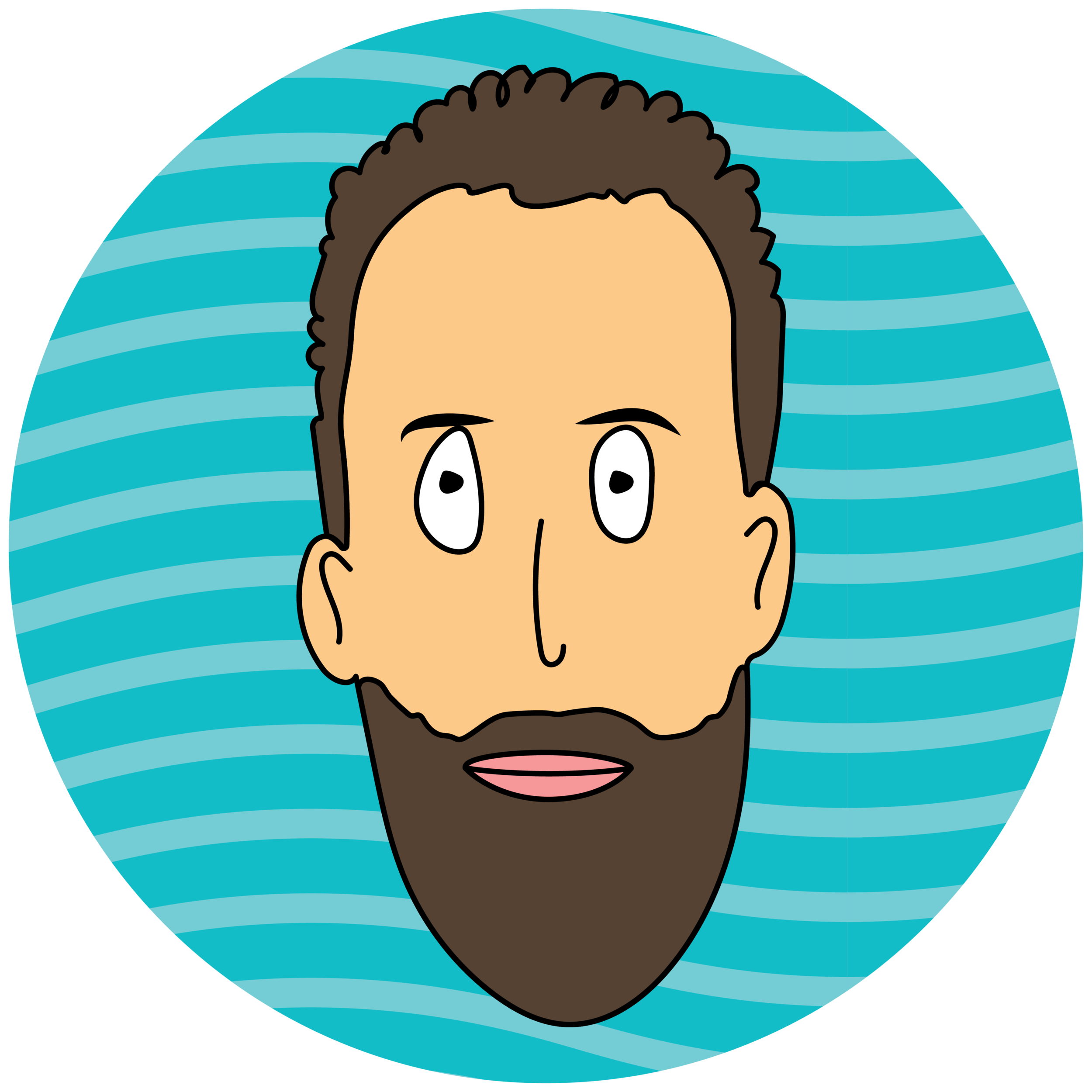The Heart of Seeing
I recently attended a lecture called “The Art of Seeing.” The speaker covered a wide range of subjects, discussing how we (as creators) approach a subject, how our approach ties into our perception and understanding of what we see, how gear doesn’t matter, and how intuition, above all else, is the thing that drives us to “the decisive moment.” While the lecture was largely geared towards photographers, as the mention of “the decisive moment” would imply, the content found therein would be applicable to the pursuit of any discipline, creative or otherwise.
Inspired by the lecture and validated through my own personal life experience, here are a few of my most impactful take-aways:
There is more than meets the eye—what we see in front of us may not always “add up.”
For the most part, humans contain a fairly uniform set of biological tools. While the purpose and intended use of some of those tools are more apparent than others, their collective use for the purpose of survival, only adds to the enigma of their design.
Think about the process of using external biological tools— no, not that one—(the eyes) and internal biological tools (the brain), in the context of photography. A photographer first analyzes a scene, scanning for an opportunity (a.k.a. the money shot). Their eyes relay that visual information to the brain, the brain then processes, interprets, and reassembles that data into a single narrative, while also engaging in a number of other complex processes I don’t care to discuss. The photographer then responds to these signals, raising the camera to their eye, lining up a shot, and taking a picture. This process, influenced largely in part by one’s technical skill and preference, remains under the mighty influence of biology and the personal mechanics of their mind.
Much of what we see, feel, and do, directly correlates to how our brain interacts with those biological tools. Even slight variations in sleep patterns, hormones, or electrical impulses can impact how we process that information. All in all, it’s a good fact to remember when stepping into a crosswalk or when you happen to spot gaps in the Matrix. Just remember that when all else fails, your instincts can guide you to “the decisive moment,” if you let them.
How we see ourselves greatly impacts how we perceive and respond to others.
As individuals, we are both the star actor and director of our most important film— our life story. In the way that actors contribute to a story or dialogue with improvisation, we too contribute to our own story. Some of the greatest comedians; Richard Pryor and Gene Wilder were (and still are) notorious for this skill. By viewing themselves as people rather than simply the roles they inhabited, they succeeded in transforming otherwise mundane situations into whole and wildly hilarious scenes, drawing on the environment and other actors, resulting in the creation of fun and memorable content.
It is important to keep in mind that we are recording our own memorable content onto a finite (hopefully hundred year long) film reel, while simultaneously projecting our film onto a piece of space-time. Every minute of our being on this planet counts and how we feel about ourselves and more importantly what we feel greatly affects our experience and everything around us.
When I reflect on how I see myself, words like happy, healthy, confident, and direct come to mind. With that said, I intend build on positive experiences and cultivate creative environments that contribute to my highest excitement, as well as connect me to those who share the same passion for life. Overall, it is important to be mindful of one’s thoughts— it is just as important not to take those thoughts too seriously.
Clarity of mind, body, and soul are paramount for the success of any endeavor.
Without getting into unnecessary personal details, I made a list of things that would contribute to maintaining a clarity of mind, body, and soul in my own life. On my list was the goal to prepare more home-cooked meals, give myself more “down time” (a.k.a. time spent doing nothing), and to stay on top of routine chores. Believe it or not, cooking, cleaning, and doing nothing afterwards are integral parts of my day. Seriously. Maintaining this routine allows me to remain physically healthy and active during long days that would consist of an adventurously long day of computer work, bent into a in a desk chair, and slumped over a box of take-out. Staying on top of these things, especially cooking and cleaning, ensures that both my mind and body are exercised periodically throughout the day.
While the act of seeing is centered around observing our environment and varying subjects within, it is just as much about exploring the self. It brings us face-to- face with our beliefs, while effectively teaching us how to observe, interpret, and explore the roles we assume in any given environment. While we may be behind the camera, it is our perspective and our point of view (or way of seeing) that frames the image, ultimately affecting how the subject is presented. With that said, I think it all boils down to this: The Art of Seeing is the process of discovery. The Heart of Seeing is what we’ve found.










